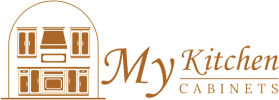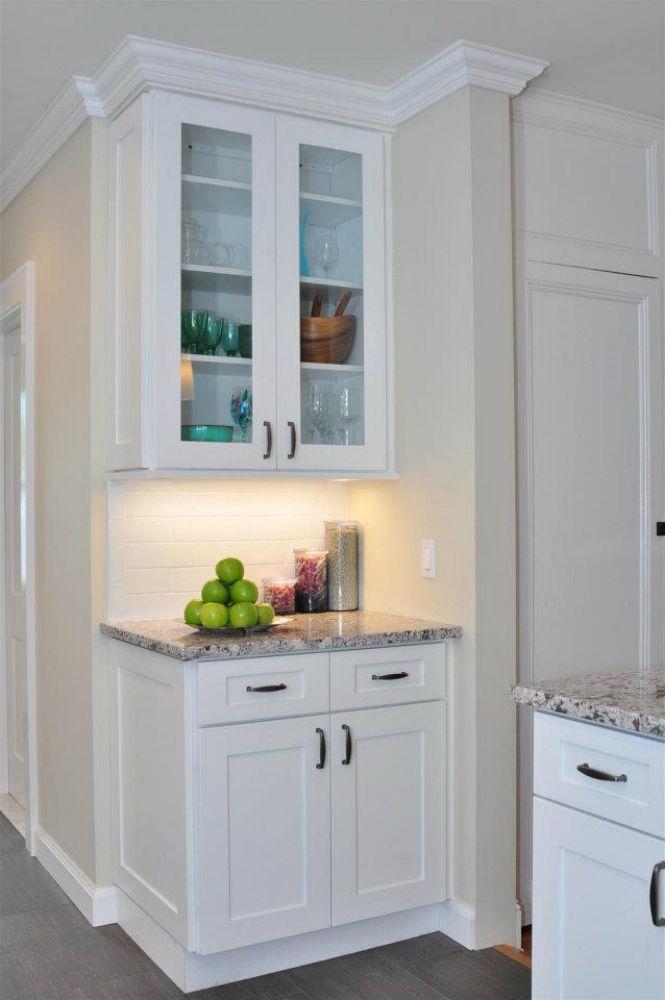Selecting the right cabinets is one of the most important decisions when designing or remodeling your kitchen. The right cabinetry not only enhances the aesthetic appeal of your space but also improves its functionality and value. In this comprehensive guide, we’ll walk you through everything you need to consider to choose the perfect kitchen cabinets for your home.
Assessing Your Kitchen Layout and Space
Before diving into styles and materials, start by evaluating your current kitchen layout:
-
Measure Carefully: Note the dimensions of your walls, windows, appliances, and any architectural features like columns or bulkheads.
-
Work Triangle: Ensure your stove, sink, and refrigerator form an efficient work triangle for easy movement.
-
Traffic Flow: Consider how people move through your kitchen—ensure cabinets won’t obstruct pathways.
-
Existing Utilities: Locate plumbing, gas, and electrical points; altering these can increase costs significantly.
By understanding your space constraints and opportunities, you can select cabinetry that fits perfectly and maximizes every inch.
Selecting the Right Cabinet Material and Finish
Cabinet materials and finishes determine both durability and style. Common options include:
-
Solid Wood: Timeless and sturdy, woods like maple, cherry, and oak can be stained or painted for a custom look.
-
Engineered Wood: Options like plywood or MDF reduce cost while still offering stability; ideal for painted finishes.
-
Laminate and Thermofoil: Easy to clean and moisture-resistant, suitable for busy households or pet friendly homes.
-
Metal and Glass Accents: For a modern touch, consider metal frames or glass-front inserts to break up solid surfaces.
When choosing finishes, think about how much maintenance you’re willing to undertake. High-gloss surfaces show fingerprints easily, while matte finishes may hide wear better.
Exploring Storage Solutions and Organization Options
Good kitchen design goes beyond aesthetics—it optimizes storage:
-
Deep Drawers vs. Shelves: Drawers give you full access to pots and pans, while shelves work well for dishes.
-
Pull-Out Organizers: Spice racks, trash bins, and tray dividers can be built into cabinets for a clutter-free look.
-
Corner Solutions: Lazy Susans or swing-out shelves make corner spaces usable.
-
Vertical Storage: Tall pantry cabinets with adjustable shelving maximize storage volume.
Consider your cooking habits and daily routines to choose features that streamline organization.
Choosing Styles That Complement Your Home
Cabinet style should harmonize with your home’s overall design:
-
Shaker: Clean lines and recessed panels suit both traditional and modern kitchens.
-
Flat-Panel (Slab): Sleek and minimalist, ideal for contemporary spaces.
-
Raised-Panel: Offers a more ornate, traditional feel.
-
Inset: Doors fit flush within the frame, creating a high-end, custom look.
To tie everything together, select complementary hardware—knobs, pulls, and hinges—in finishes like brushed nickel or matte black.
Considering Durability and Maintenance
Kitchens endure heavy use. Look for:
-
Construction Quality: Dovetail joints and plywood boxes last longer than stapled particleboard.
-
Moisture Resistance: Water-resistant materials and finishes protect against spills and humidity.
-
Ease of Cleaning: Smooth surfaces with fewer crevices reduce dirt buildup.
If you have pets, ensure finishes resist scratches and stains—opt for durable, pet friendly coatings.
Budgeting and Cost Considerations
Cabinet costs can vary widely:
-
Stock Cabinets: Pre-manufactured, lowest cost, limited styles and sizes.
-
Semi-Custom: Broader style selection and sizing options at a moderate price point.
-
Custom: Fully tailored to your space and style, highest cost but ideal for unique kitchens.
Factor in installation fees, hardware, and any needed modifications to plumbing or electrical systems. Always allocate a buffer of at least 10–15% for unexpected expenses.
Incorporating Pet Friendly Features
For households with furry friends, consider these additions:
-
Rounded Edges: Minimize damage to paws and prevent injuries.
-
Durable Finishes: Scratch-resistant coatings reduce visible wear from excited pets.
-
Hidden Food and Water Stations: Pull-out drawers keep bowls out of the way when not in use.
-
Easy-to-Clean Materials: Waterproof laminate or treated wood that resists stains.
These solutions help maintain a beautiful kitchen without compromising on pet care.
Understanding Quality and Construction
High-quality cabinets provide long-term value:
-
Frame vs. Frameless: Framed cabinets have a face frame attached to the box, while frameless (Euro-style) cabinets offer more interior space.
-
Door Attachment: Inset doors require precise installation; overlay doors cover part of the frame, offering more forgiveness in fitting.
-
Hardware Grade: Soft-close hinges and glides extend cabinet life and enhance user experience.
Ask manufacturers for detailed specifications and warranties before making your final decision.
Why Choose Us?
-
Expert Guidance: Our design consultants help you navigate styles, materials, and layouts.
-
Superior Craftsmanship: We partner with trusted fabricators who use the finest materials.
-
Transparent Pricing: No hidden fees—your quote includes cabinets, hardware, and installation.
-
Pet-Friendly Options: We offer specialized finishes that stand up to active households.
-
Satisfaction Guarantee: We stand behind our products and service every step of the way.
Conclusion
Choosing the perfect kitchen cabinets involves balancing style, function, and budget. By assessing your space, selecting quality materials, optimizing storage, and integrating pet friendly features, you can create a kitchen that not only looks stunning but works seamlessly for your lifestyle. Careful planning and expert guidance will ensure your cabinetry stands the test of time and becomes the heart of your home.
Frequently Asked Questions
Q: How to choose the perfect kitchen cabinets for your home?
A: Start by measuring your space and understanding your lifestyle needs. Consider materials, finishes, storage solutions, and budget. Prioritize durable construction and pet friendly options if you have pets.
Q: What cabinet material is most durable in a busy household?
A: Solid wood and high-quality plywood boxes with waterproof finishes are most durable, while laminate offers stain resistance and easy cleaning.
Q: How can I maximize storage in a small kitchen?
A: Opt for pull-out organizers, deep drawers, tall pantry cabinets, and corner solutions like Lazy Susans to make the most of limited space.
Q: Are custom cabinets worth the extra cost?
A: Custom cabinets provide a perfect fit and full design flexibility but come at a higher price. They’re ideal if you have an unusual layout or specific style requirements.
Q: How do I maintain and clean my cabinets?
A: Use gentle, non-abrasive cleaners and soft cloths. Wipe spills immediately and avoid harsh chemicals. For wood cabinets, apply appropriate polish or sealant annually.

